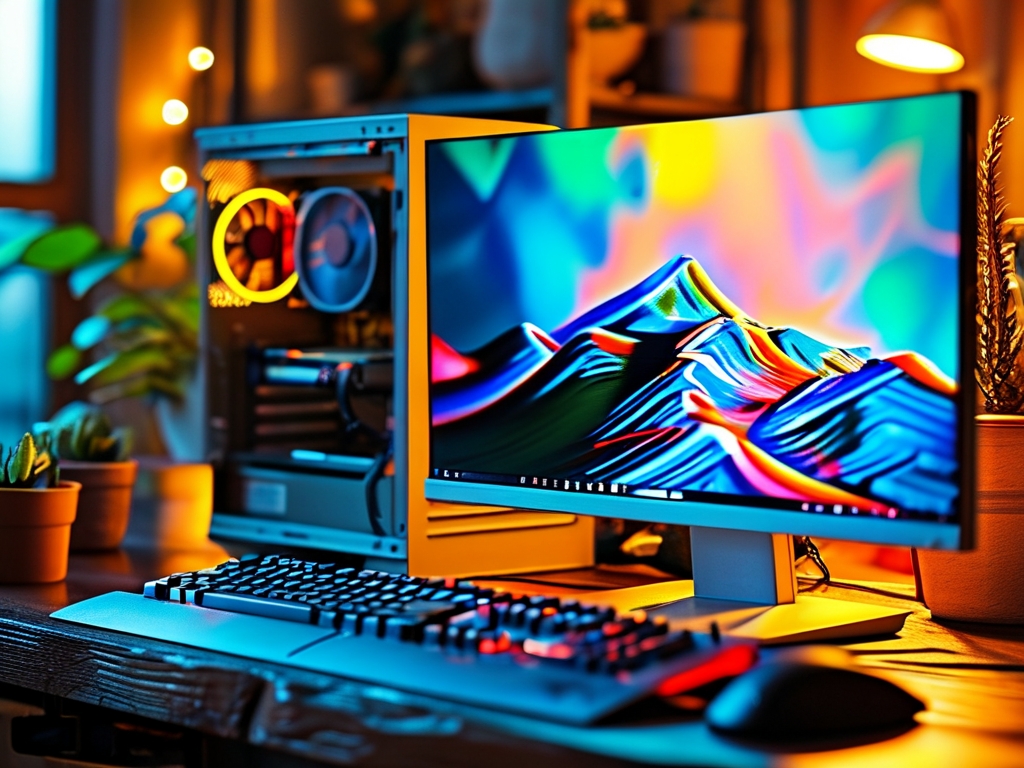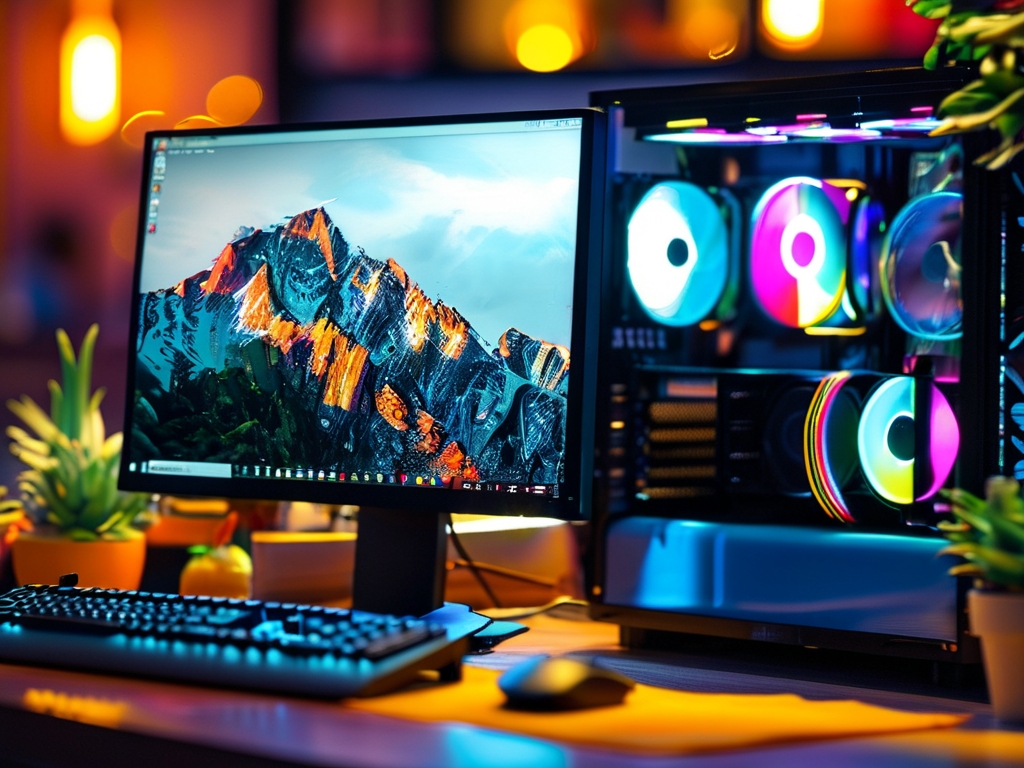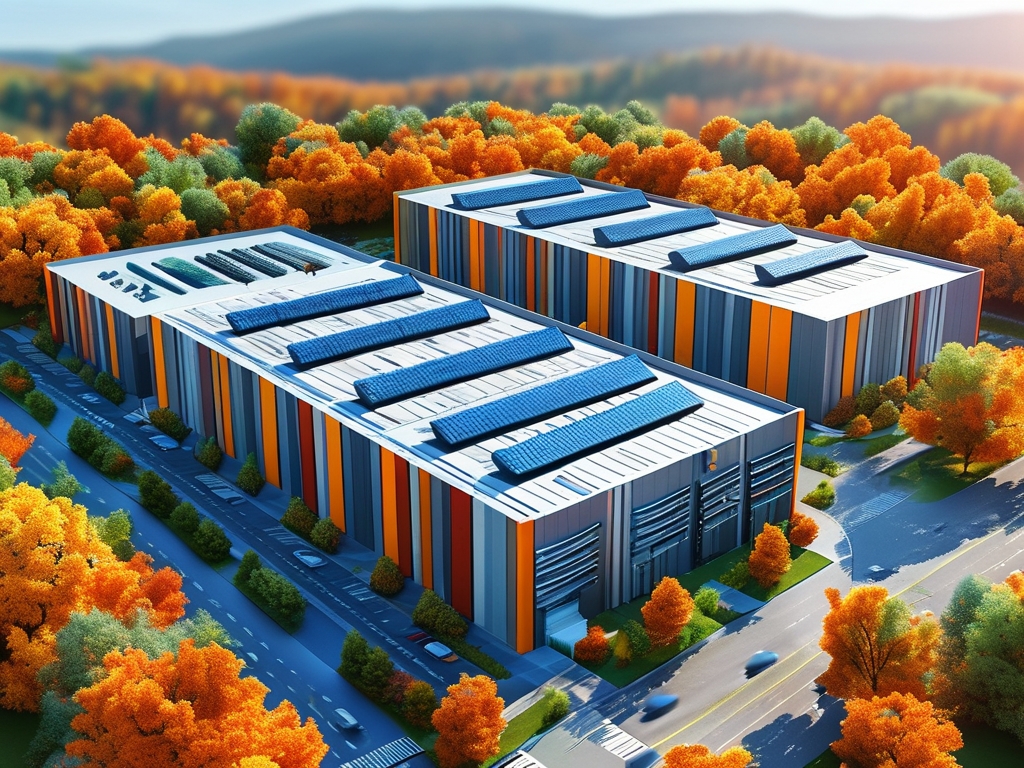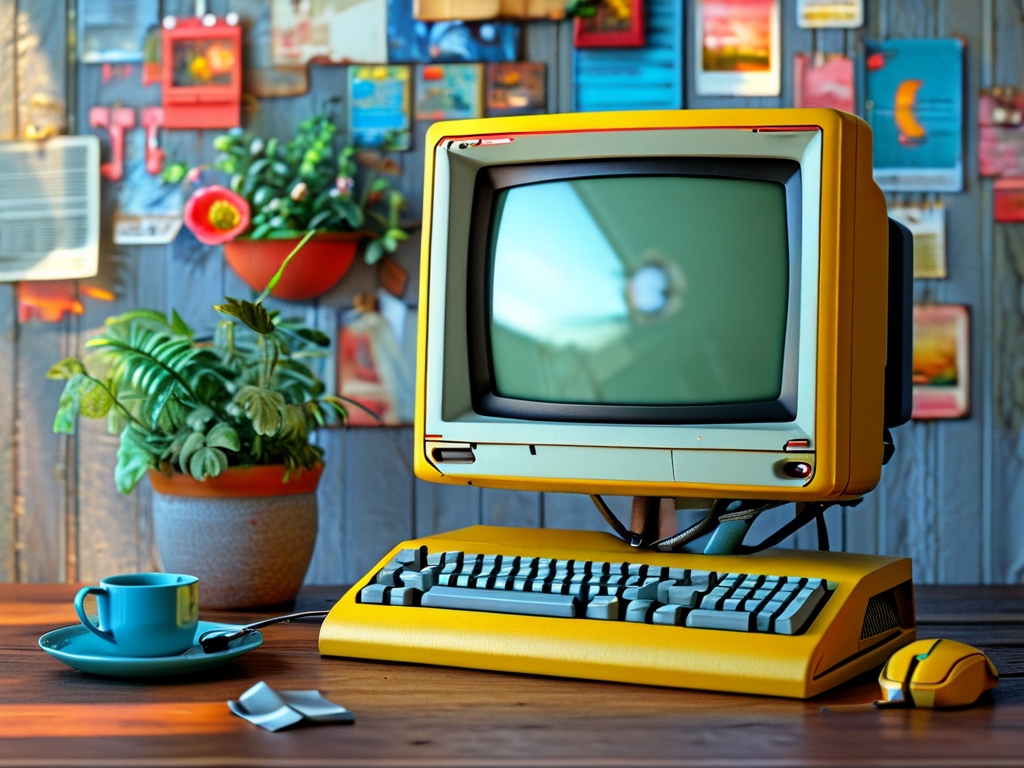In today’s digital age, computers are essential tools for work, entertainment, and communication. However, one common frustration many users face is the dreaded "low memory" warning. When your computer’s memory (RAM) is insufficient, performance slows to a crawl, applications freeze, and multitasking becomes impossible. This article explores why low memory occurs, how to diagnose the problem, and actionable solutions to optimize your system’s performance.
Understanding Computer Memory
Random Access Memory (RAM) is your computer’s short-term storage for active processes. Unlike long-term storage (e.g., SSDs or HDDs), RAM allows quick access to data needed by running applications. When RAM is overloaded, your system relies on "virtual memory"—a slower process that uses disk space to compensate. This shift causes noticeable lag, crashes, or the infamous "Out of Memory" error.
Signs of Low Memory
- Sluggish Performance: Programs take longer to open, and simple tasks like browsing feel delayed.
- Frequent Freezing: Applications become unresponsive, especially when switching between them.
- Error Messages: Alerts like "Your system is low on memory" or "Close programs to prevent information loss."
- High Disk Usage: Task Manager shows disk activity at 100% due to excessive virtual memory use.
Diagnosing the Issue
To confirm low memory is the culprit:
- Open Task Manager (Ctrl+Shift+Esc on Windows) or Activity Monitor (macOS):
- Check the "Memory" tab to see RAM usage percentages.
- Identify memory-hungry processes (e.g., browsers, video editors, or background apps).
- Review Startup Programs: Many apps launch at boot and consume memory unnecessarily.
- Check for Malware: Malicious software can secretly drain resources.
Solutions to Fix Low Memory
1. Close Unnecessary Applications
Manually shut down unused programs. Browsers with multiple tabs, email clients, and streaming services are common culprits. Use browser extensions like "OneTab" to consolidate tabs and reduce memory usage.
2. Upgrade Your RAM
If your computer consistently struggles, hardware upgrades may be necessary:
- Check Compatibility: Use tools like Crucial’s System Scanner to find RAM compatible with your device.
- Install Additional RAM: Most laptops and desktops allow easy RAM upgrades. Aim for at least 8GB for basic use or 16GB+ for gaming/design work.
3. Optimize Virtual Memory
Adjust virtual memory settings to ease the load on RAM:
- Windows: Go to Settings > System > About > Advanced system settings > Performance Settings > Advanced > Change virtual memory.
- macOS: The system manages this automatically, but freeing up disk space can help.
4. Disable Startup Bloat
Prevent non-essential apps from launching at startup:

- Windows: Task Manager > Startup tab > Disable resource-heavy apps.
- macOS: System Preferences > Users & Groups > Login Items.
5. Use Lightweight Software
Replace memory-intensive apps with lighter alternatives. For example:
- Use LibreOffice instead of Microsoft Office.
- Opt for Firefox or Edge with "Sleep Tabs" features over Chrome.
6. Scan for Malware
Run antivirus software to eliminate hidden processes. Tools like Malwarebytes or Windows Defender can detect and remove threats.
7. Clear Temporary Files
Accumulated cache files waste memory. Use built-in tools like:
- Windows: Disk Cleanup.
- macOS: Optimize Storage in About This Mac > Storage.
Preventing Future Issues
- Monitor Usage Habits: Avoid running too many apps simultaneously.
- Regular Maintenance: Clean your system monthly using tools like CCleaner.
- Cloud-Based Solutions: Use web apps (e.g., Google Docs) to offload tasks from your local machine.
When to Consider a New Device
If upgrades and optimizations fail, your hardware may be outdated. Older systems with non-upgradeable RAM or limited slots might require a replacement. Look for modern devices with DDR4/DDR5 RAM and SSDs for faster performance.
Low computer memory is a solvable problem. By diagnosing usage patterns, optimizing settings, and upgrading hardware when needed, you can restore your device’s speed and reliability. Proactive maintenance and mindful usage will ensure your system stays efficient, letting you focus on what matters most—without the frustration of endless loading screens.








